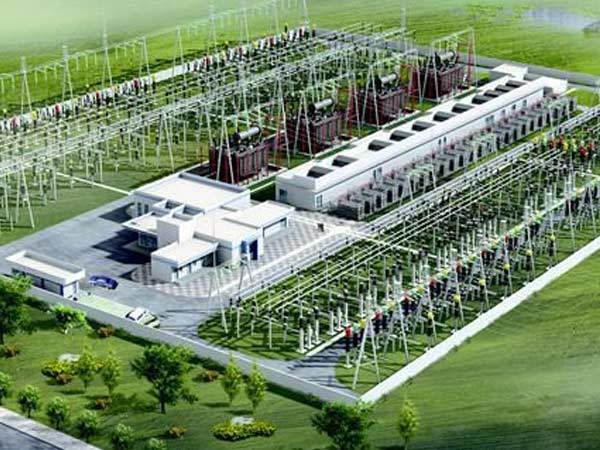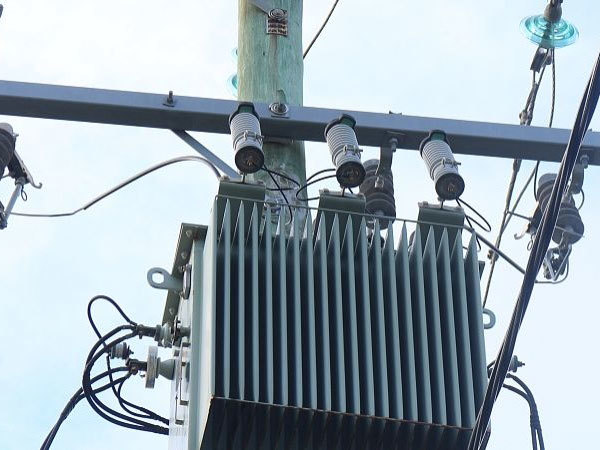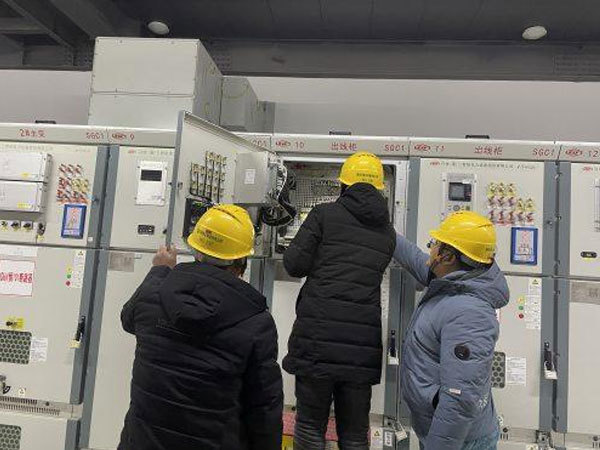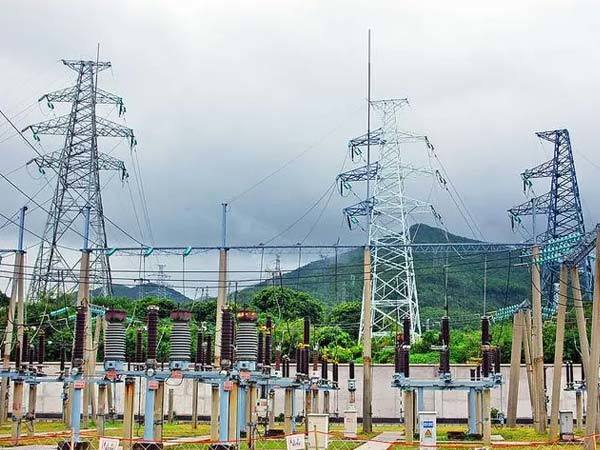Substation inspection points 1: substation and distribution room and fence, channel
Release time:
2022-03-30
Source:
Author:
Substation inspection points 1: substation and distribution room and fence, channel
Due to work, power supply production inspections are often carried out, and most of our contacts are 66kV substations. Then, in the inspection, what needs to be checked in the power distribution room, passage, and fence?
1. Distribution room layout
Articles 4.1.2 to 4.1.12 of GB50053-1994 have the following provisions on the layout of indoor power transformation and distribution devices:
Article 4.1.2 The high-voltage power distribution device with flammable oil should be installed in a separate high-voltage power distribution room. When the number of high-voltage switch cabinets is 6 or less, it can be installed in the same room as the low-voltage power distribution panel.
Article 4.1.3 High and low voltage power distribution devices without flammable oil and non-oil-immersed power transformers can be installed in the same room. High and low voltage power distribution devices without flammable oil and non-oil-immersed power transformers with IP3X protection grade enclosures can be arranged close to each other in the workshop when the environment allows.
Note: IP3X protection requirements should comply with the current national standard "Low-voltage electrical enclosure protection level", which can prevent solid foreign objects with a diameter greater than 2.5mm from entering the enclosure.
Article 4.1.4 Each three-phase transformer with an oil volume of 100kg and above in an indoor substation shall be located in a separate transformer room.
Article 4.1.5 When high-voltage and low-voltage power distribution devices are arranged in a single row in the same power distribution room, when there are bare live conductors on the top surface of the high-voltage switchgear or low-voltage power distribution panel, the clear distance between the two should not be less than 2m; High-voltage switchgear and low-voltage power distribution panel can be arranged close to each other when the protection level of the closed enclosure on the top of the high-voltage switchgear meets IP2X level.
Note: IP2X protection requirements should comply with the current national standard "Low-voltage electrical enclosure protection level", which can prevent solid foreign objects with a diameter greater than 12.5mm from entering the enclosure.
Article 4.1.6 The power distribution station that is on duty shall have a separate duty room. When the low-voltage power distribution room is also used as the duty room, the area of the low-voltage power distribution room should be appropriately increased. The high-voltage power distribution room and the duty room should be connected directly or through the passage, and the duty room should have a door leading directly to the outdoors or to the aisle.
Article 4.1.7 The substation should be arranged in a single layer. When a double-layer arrangement is adopted, the transformer shall be located on the bottom layer. The power distribution room on the second floor shall be provided with passages, platforms or holes for handling equipment.
Article 4.1.8 In the high (low) voltage power distribution room, there should be reserved positions for an appropriate number of power distribution devices.
Article 4.1.9 When the top of the cabinet of the high-voltage power distribution device is a bare busbar segment, an insulating partition should be installed at the two busbar segments, and its height should not be less than 0.3m.
Article 4.1.10 When the first-level load is supplied by the same power distribution station, a fire partition or a partition wall with a door opening shall be provided at the busbar section. The two cables supplying power for the primary load should not pass through the same cable trench. When they cannot be separated, the two cables in the cable trench should be flame-retardant cables and should be laid on the brackets on both sides of the cable trench.
Article 4.1.11 Cables should be used for the inlet and outlet lines of outdoor box-type substations and combined complete substations.
Article 4.1.12 The power distribution station should set up auxiliary production rooms.
2. Channel
Articles 4.2.6 to 4.2.9 of GB 50053-1994 have the following provisions on the channel setting in the power distribution room:
Article 4.2.6 When the length of the power distribution device is greater than 6m, two outlets shall be provided in the rear passage of the cabinet (screen), and when the distance between the two outlets of the low-voltage power distribution device exceeds 15m, an additional outlet shall be added.
Article 4.2.7 The minimum width of various passages in the high-voltage power distribution room shall meet the requirements in the following table.
Article 4.2.8 When the power supply enters from the back of the cabinet (screen) and an isolation switch and its manual operating mechanism need to be installed on the wall directly behind the cabinet (screen), the clear width of the passage behind the cabinet (screen) should not be less than 1.5m , when the protection level of the back of the cabinet (screen) is IP2X, it can be reduced to 1.3m.
Article 4.2.9 For the distribution panels arranged in rows in the low-voltage distribution room, the minimum width of the passages in front of and behind the panels shall meet the requirements in the following table.
3. Articles 4.2.2 and 4.2.5 of fence GB50053-1994 have the following provisions on the fence of power transformation and distribution devices:
Article 4.2.2 A fixed fence (wall) with a height of not less than 1.7m should be set around the transformer of the open-air or semi-open-air substation. The clear distance between the transformer outline and the fence (wall) should not be less than 0.8m, the distance between the bottom of the transformer and the ground should not be less than 0.3m; the clear distance between adjacent transformer outlines should not be less than 1.5m.
Article 4.2.5 The non-enclosed dry-type transformer installed in the substation shall be installed with a fixed fence with a height of not less than 1.7m, and the mesh hole of the fence shall not be larger than 40mm×40mm. The clear distance between the outline of the transformer and the barrier should not be less than 0.6m, and the clear distance between the transformers should not be less than 1.0m.
Relevant Information

Does the substation have radiation and what is the safe distance?
Substations do not generate electromagnetic radiation, but electromagnetic induction. 110kv substation safety distance is 15 meters (front) and 12 meters side).
2022-03-30


Those awesome electrical tech with transformers running side by side
Transformer is an important power equipment in the power system, which generally runs for a long time. In order to make the transformer run safely and economically and improve the reliability of operation, generally two or more transformers are run in parallel.
2022-03-30


Inspection requirements for substations
The patrol inspection of the substation is to observe whether the appearance of the equipment is abnormal through regular inspections, such as whether the color has changed, whether there is any debris, whether the pointer indicates normal, whether the sound of the equipment is normal, whether there is any abnormal smell, and the touch is allowed. Check whether the temperature of the equipment is normal, and measure the changes in the operating parameters of the electrical equipment during operation, etc., to determine whether the operating status of the equipment is normal.
2022-03-30


Substation layout requirements
①The auxiliary 10 kV substation on the ground floor of the building does not need to be divided into rooms. The transformers and high and low voltage switchgear can be arranged in the same room on the same floor, and only need to maintain a specific distance. The 35 kV independent substation with exclusive buildings should be arranged in different rooms according to functional layers;
2022-03-30


